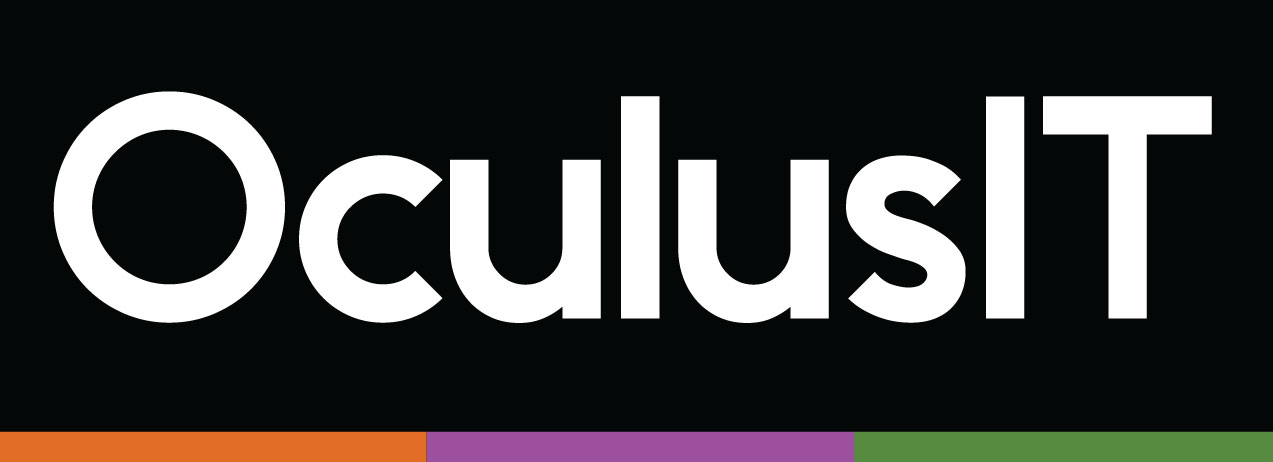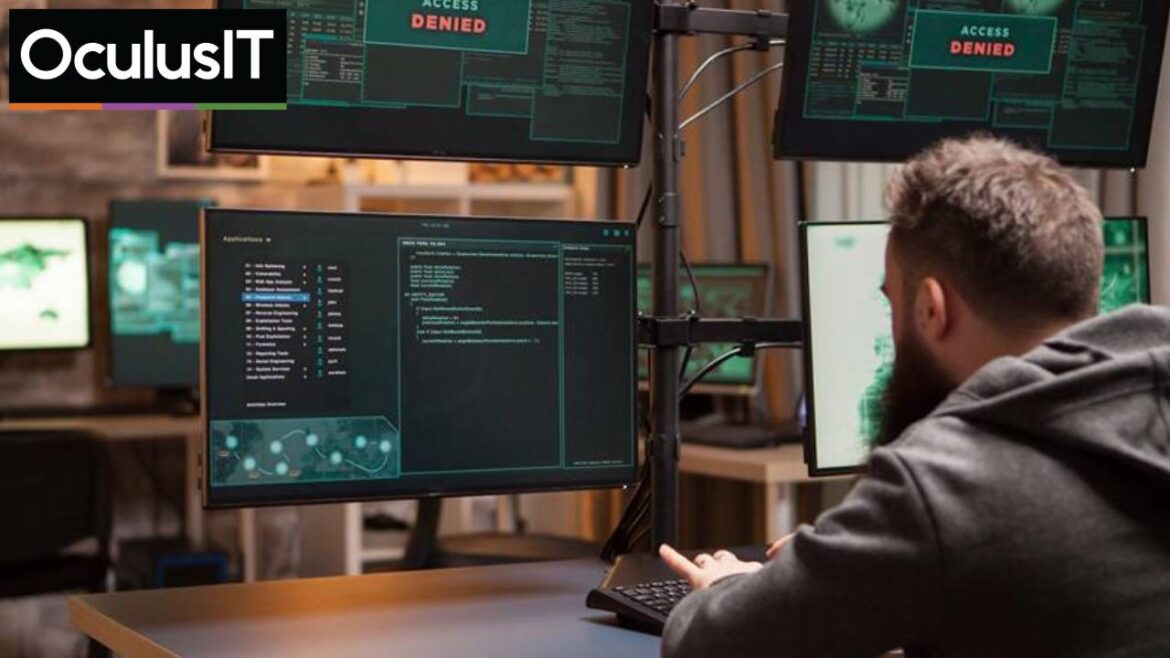Ransomware in Higher Education: Why 2025 Is a Pivotal Year for Campus Cyber Defense
Reading time: 3 Minutes
Cybersecurity in higher education has never been more critical. According to a 2025 report from Comparitech, ransomware attacks against educational institutions rose by 23% in the first half of the year, impacting hundreds of colleges and universities worldwide. The higher education sector now ranks among the top five most targeted industries for cybercrime.
For many institutions, these attacks are not just technical disruptions. They freeze access to learning management systems, financial aid portals, research data, and even payroll systems, halting operations across entire campuses. The cost is measured not only in ransom payments or recovery expenses, but also in lost trust from students, parents, and faculty.
Why Higher Ed Has Become a Target
Colleges and universities are particularly vulnerable to ransomware for several reasons:
- Decentralized IT environments: Campuses often operate with multiple departments and systems that create fragmented security structures.
- Legacy infrastructure: Many institutions still rely on aging servers and outdated applications that are difficult to patch or secure.
- Open access culture: Higher education values collaboration, but open networks increase entry points for attackers.
- Budget and staffing constraints: Security teams are stretched thin, leaving blind spots in monitoring and response.
These realities make higher education an appealing target for attackers who see institutions as under protected but data-rich.
The Real Cost of an Attack
Ransomware attacks on campuses go far beyond financial loss. When systems are locked, students cannot submit assignments, researchers lose access to critical data, and administrators are forced to revert to manual operations. Recovery can take weeks, and reputational damage can last for years.
Institutions that lack clear recovery plans often face additional costs from emergency consultants, regulatory fines, and loss of donor or grant confidence. The average recovery cost for an educational institution hit by ransomware now exceeds several million dollars, according to multiple industry studies.
Moving from Reactive to Resilient
Traditional cybersecurity models focus on prevention, but prevention alone is no longer enough. Higher education leaders must adopt a resilience mindset that prepares their campuses to detect, respond, and recover quickly. This includes:
- Proactive threat monitoring through a 24×7 Security Operations Center (SOC).
- Regular vulnerability assessments and patch management to close security gaps.
- Incident response planning that defines clear roles, escalation steps, and communication protocols.
- Continuous backup and recovery validation to ensure data can be restored rapidly after an attack.
- Awareness training that empowers faculty, staff, and students to recognize phishing and social engineering attempts.
By treating cybersecurity as an ongoing institutional priority rather than an annual IT task, colleges can significantly reduce the impact of attacks when they occur.
The Leadership Imperative
Cybersecurity is no longer an IT issue; it is a leadership issue. Presidents, CFOs, CIOs, and board members all play a role in securing institutional resilience. Strategic investment in cybersecurity infrastructure, staff training, and third-party expertise must be viewed as essential to safeguarding academic continuity and reputation.
Institutions that foster collaboration between IT, finance, and academic departments are better positioned to identify vulnerabilities and allocate resources efficiently. The result is a proactive culture where security is part of every operational decision.
Building a Campus Defense Strategy for 2025 and Beyond
Higher education leaders should begin by assessing three key areas:
- Visibility: Do you know where your critical data resides, who has access to it, and how it is protected?
- Preparedness: Is your institution equipped to detect and respond to a ransomware incident within hours?
- Recovery: Can you restore operations quickly without paying a ransom or losing vital data?
A comprehensive cyber defense strategy includes managed detection and response, incident playbooks, regular testing of backups, and partnerships with experienced cybersecurity providers. Together, these measures transform security from a reactive cost into a strategic capability.
Staying Ahead of the Next Attack
The ransomware surge in 2025 is a wake-up call for higher education. Institutions that act now to strengthen their defenses will be better prepared to protect data, maintain continuity, and preserve student trust in the years ahead.
Cyber resilience is not just about avoiding attacks, it is about ensuring that when they happen, your campus can recover quickly and continue to deliver on its mission.
Contact Us to learn how proactive security strategies can help your institution stay one step ahead of evolving threats.






